Mastering MOQ in Clothing Manufacturing: A Comprehensive Guide
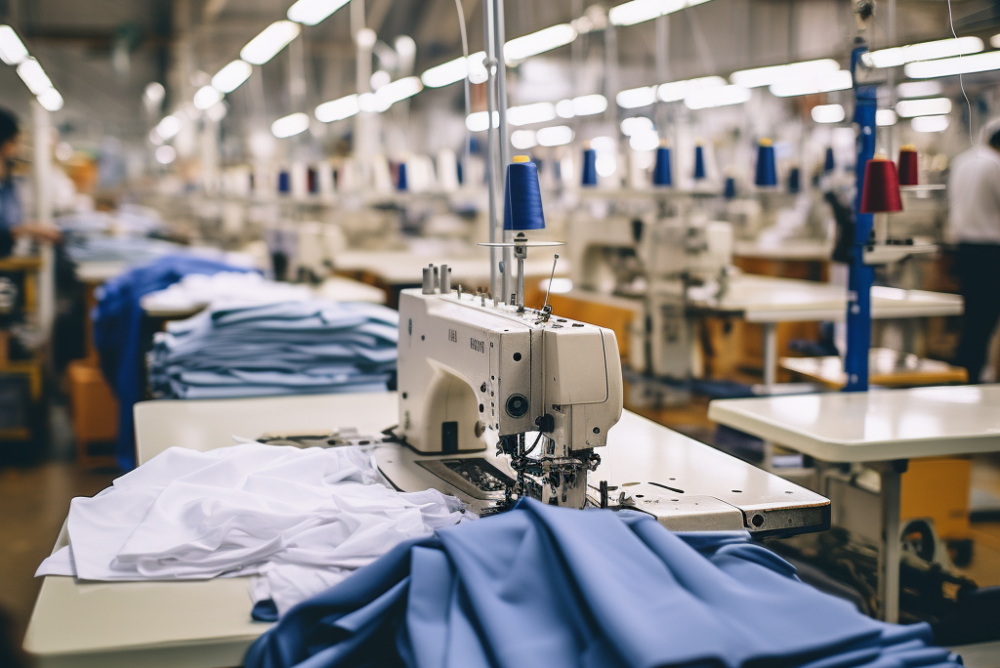
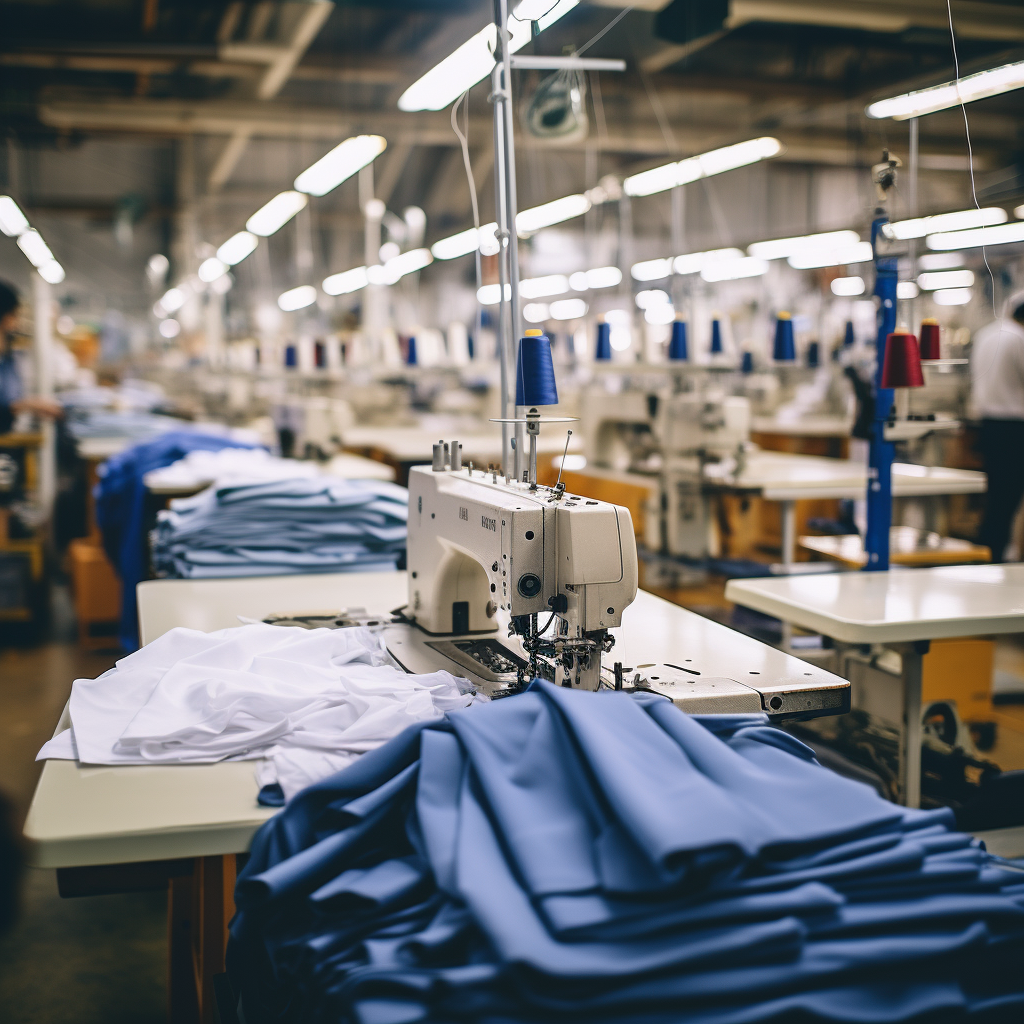
Whether you're an entrepreneur seeking to launch a fashion line or a business owner aiming to diversify into apparel, you've likely come across the term MOQ. It's an acronym that's pivotal in the clothing industry, but what exactly does it mean? MOQ stands for Minimum Order Quantity. While it may sound straightforward, navigating the intricacies of MOQ is anything but simple.
MOQ is the smallest amount of a particular item that a supplier is willing to sell. At first glance, it might appear as a mere number. However, it's a figure steeped in strategy, financial planning, and market research. It also holds significant implications for businesses—both big and small—in terms of cash flow, inventory management, and quality control.
In this comprehensive guide, we'll unravel everything you need to know about MOQ in the clothing industry. We'll explore why it's set, how it impacts your business, and strategies to work around it. By the end of this article, you'll be equipped to make informed decisions when dealing with clothing manufacturers, thereby saving money and ensuring the quality of your products.
The topic of MOQ isn't just a footnote in a supplier contract; it's an essential component that can make or break your clothing business. Whether you’re an established brand or a start-up, understanding MOQ is critical. Let's dive in.
What is MOQ? An In-Depth Definition
MOQ, or Minimum Order Quantity, is a term that defines the lowest number of units that a supplier is willing to produce and sell. While the concept seems straightforward, it serves as the backbone of many decisions within the manufacturing and retail sectors, particularly in the clothing industry.
The concept of MOQ is especially relevant when dealing with mass production. Here, economies of scale come into play, making it more cost-effective for a manufacturer to produce larger quantities. In simpler terms, the cost per item decreases as the number of items produced increases. For manufacturers, setting an MOQ is a way to ensure profitability while reducing the marginal cost of production.
In the context of the clothing industry, MOQ often applies to different variables: it can refer to the minimum number of specific garments, fabric types, or even design patterns. For example, a supplier may specify an MOQ of 500 units for a particular style of t-shirt, 300 units for a specific type of fabric, or 200 units for a custom print.
Understanding MOQ is critical for planning your inventory, budget, and supply chain. In the clothing business, failure to meet MOQ requirements can result in higher per-unit costs, delayed timelines, or even the inability to proceed with production altogether.
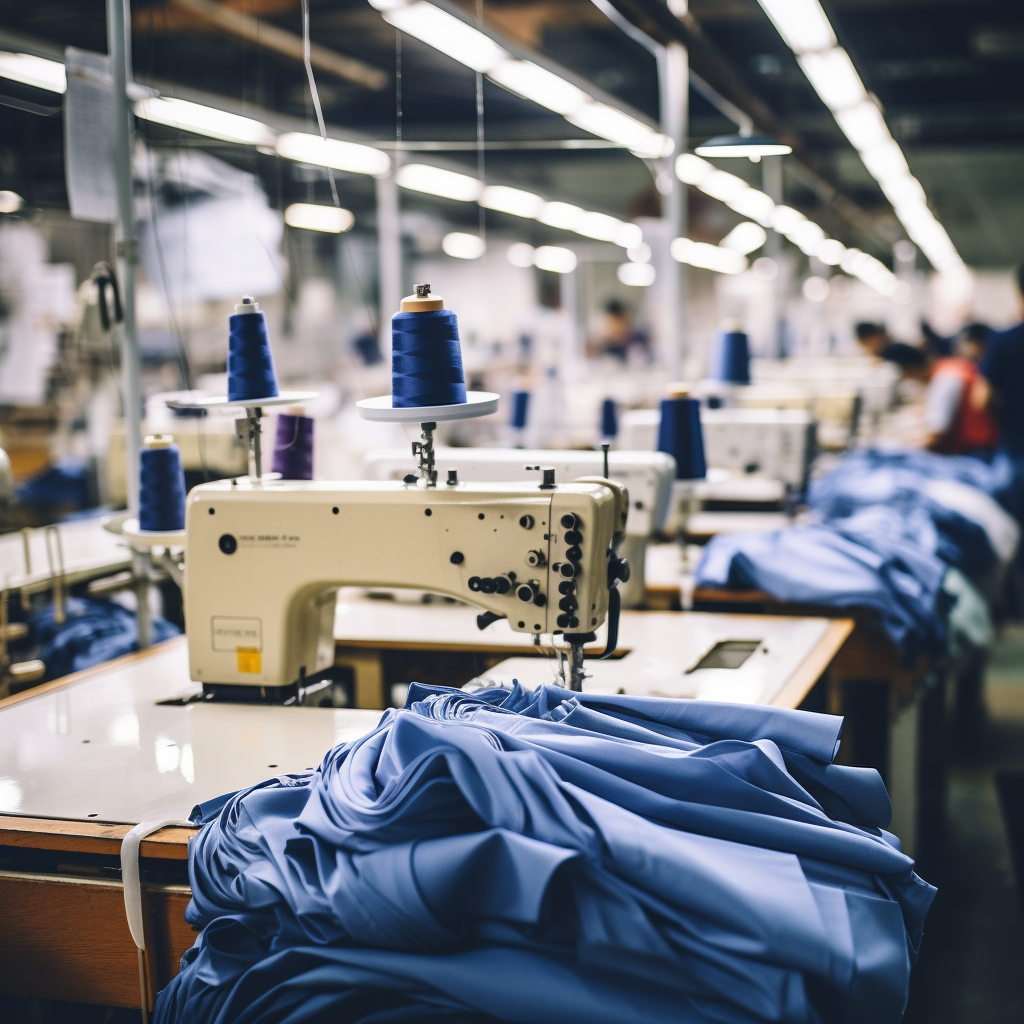
Why Do Manufacturers Set MOQs?
The concept of MOQ may seem limiting to smaller businesses, but from a manufacturer’s perspective, it's an essential element for maintaining a sustainable operation. Let's delve into the rationale behind setting MOQs.
Economies of Scale
The principle of economies of scale is one of the most substantial factors influencing MOQ. In manufacturing, fixed costs like machinery, utilities, and labor are constant, regardless of the number of items produced. As production volume increases, these fixed costs are distributed over more items, reducing the cost per item. Thus, larger orders are more cost-efficient for manufacturers.
Material Sourcing
Manufacturers need to purchase raw materials, like fabric and accessories, to produce clothing. Often, these materials are bought in bulk at discounted rates. MOQ ensures that the material bought is effectively used, minimizing waste and optimizing costs.
Quality Control
Maintaining a consistent level of quality is easier when production runs are larger. MOQs enable manufacturers to stabilize their production processes, allowing for better quality control. It’s far easier to maintain quality standards when the machinery is set up to produce 500 identical items compared to one-offs or small batches.
Inventory Management
For a manufacturer, unsold inventory translates into costs, not just in terms of storage but also the risk of the products becoming obsolete. MOQ helps in effective inventory management, as manufacturers produce items that are already sold, or for which a market demand has been ascertained.
Profit Margins
Last but not least, profitability remains a significant consideration. Manufacturers are in business to make a profit, and smaller orders may not justify the operational costs involved. MOQs ensure that every production run is financially viable.
In summary, MOQ isn’t arbitrarily decided. It’s a carefully calculated number that considers various factors integral to the manufacturing process. For businesses, understanding these aspects can offer leverage in negotiations and planning.
Factors That Influence MOQ Levels
If you've ever wondered why MOQs differ drastically between manufacturers or even between products from the same manufacturer, you're not alone. Several key factors influence these numbers, and understanding them could be pivotal in your negotiations and business planning. Here are some of the most critical elements:
Type of Product
The complexity of the item being manufactured plays a significant role in determining MOQ. A basic white t-shirt may have a lower MOQ compared to a more intricate design that involves multiple fabrics, custom prints, or specialized stitching techniques.
Seasonal Trends
Fashion is an industry deeply affected by seasons and trends. Manufacturers are often reluctant to produce small quantities of seasonal items that might not sell well. This risk is typically mitigated by setting a higher MOQ for such products.
Supplier Experience and Capacity
A manufacturer’s production capacity and experience in the industry also affect MOQ levels. Larger, more established manufacturers may have higher MOQs as they cater to big brands and have significant operational costs. In contrast, smaller or newer manufacturers might offer lower MOQs to attract more clients.
Customization
The level of customization you require directly impacts the MOQ. Custom-designed patterns, logos, or specific colors often lead to a higher MOQ. The supplier may need to adjust their machines, source unique materials, or even train staff to produce your specific product, thereby justifying a higher minimum order.
Geographical Location
Manufacturers in different regions may have varying MOQs due to labor costs, material availability, and regional economic conditions. For example, a manufacturer in a developing country might offer a lower MOQ than one in a developed country due to lower labor and material costs.
Payment Terms
Your payment terms can also be a bargaining chip when discussing MOQ. Manufacturers might be more flexible with their MOQ requirements if you agree to better payment conditions, such as upfront payments or shorter payment cycles.
Understanding these influencing factors will not only give you a clearer picture of why MOQs are set the way they are but also equip you with the necessary information to negotiate better terms with your clothing manufacturer.
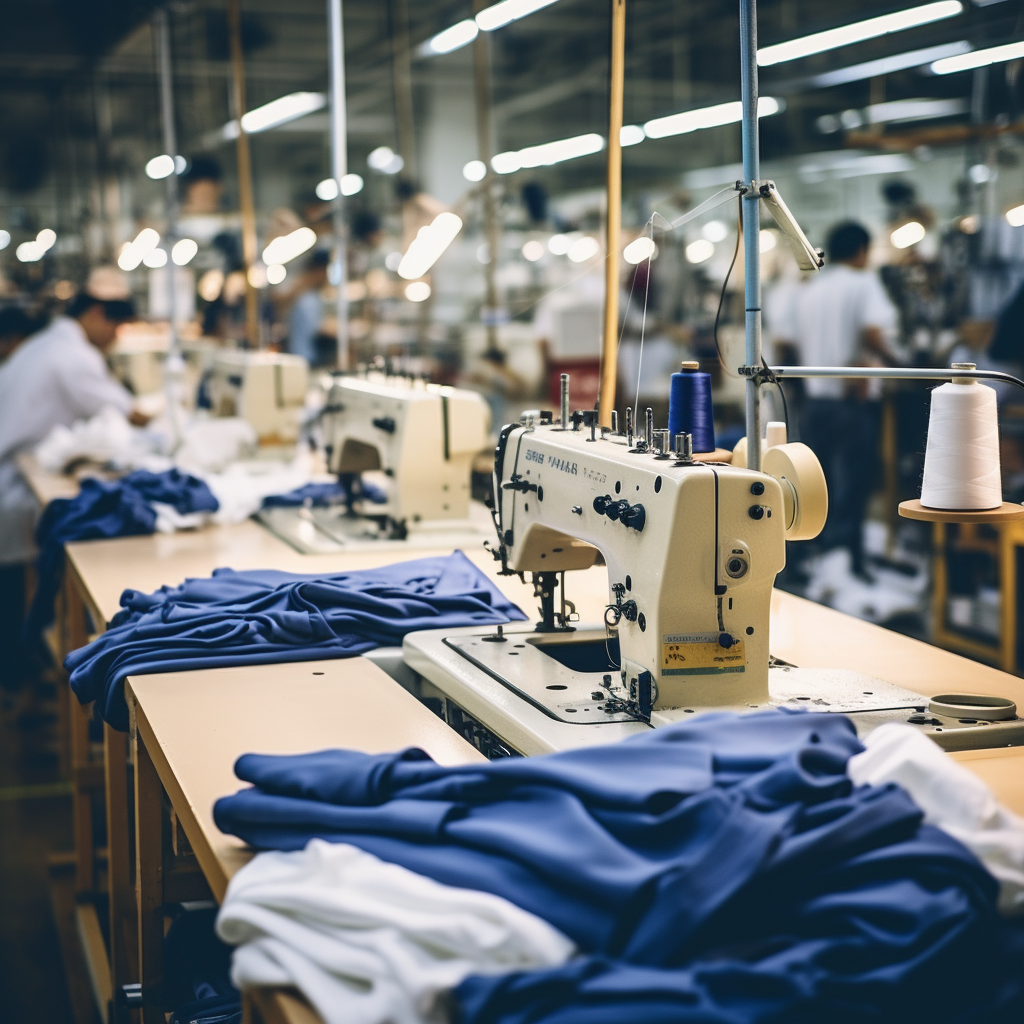
How to Negotiate MOQ with Clothing Manufacturers
Negotiating MOQs can be one of the most daunting tasks for businesses, particularly for newcomers in the clothing industry. However, armed with the right strategies and information, you can successfully negotiate favorable terms. Here are some expert tips to guide you through the process.
Build a Relationship
Before diving into MOQ negotiations, invest time in building a relationship with your potential supplier. Visit their facilities if possible, understand their process, and establish a line of open communication. This rapport can often lead to more flexible terms.
Leverage Volume Over Time
If you can't meet the MOQ for an initial order, propose a long-term agreement where you commit to purchasing the required MOQ over a specific period. This can offer assurance to the manufacturer about your long-term intentions and make them more open to negotiation.
Start Small with a Trial Run
Some manufacturers may agree to a smaller "trial run" to test the market or the working relationship between both parties. If this is successful, they may be more willing to negotiate the MOQ for subsequent orders.
Opt for Standard Over Custom
Choosing standard options for materials, colors, and other features may help you negotiate a lower MOQ. Customization often necessitates higher MOQs due to the specialized work involved.
Offer Favorable Payment Terms
As mentioned in the previous chapter, adjusting the payment terms can sometimes make a manufacturer more amenable to MOQ negotiation. Upfront payments or shorter payment cycles can offer them greater financial security.
Use Industry Data to Your Advantage
Presenting market research and sales projections can help your case. If you can demonstrate a high demand for your product, the manufacturer might be more willing to negotiate the MOQ.
Collaborate with Other Businesses
If you still find the MOQ unreachable, consider partnering with another business to place a combined order. This is often called "group buying" and can be an effective way to meet MOQ requirements.
By adopting these negotiation strategies, you increase the likelihood of securing an MOQ that aligns with your business needs without straining your resources.
Understanding the Financial Implications of MOQ
Meeting the MOQ set by a manufacturer has a direct impact on your business's finances. This chapter aims to help you comprehend the financial nuances involved, ensuring you make informed decisions that won't jeopardize your bottom line.
Cash Flow Management
A high MOQ could mean tying up a substantial amount of capital in inventory. This can strain your cash flow, especially if the items don't sell as quickly as anticipated. Always assess how the MOQ will affect your liquidity.
Per-Unit Cost
The benefit of meeting or exceeding MOQ is often a lower per-unit cost. However, you need to consider if the savings per unit justify the commitment to a large volume of products. Use a cost-benefit analysis to weigh these aspects.
Storage Costs
Meeting a high MOQ implies that you'll need a place to store the items until they're sold. Storage can be costly, and this expense should be factored into your financial planning.
Opportunity Cost
When capital is tied up in inventory to meet a high MOQ, consider the opportunity cost—the potential gains from other investments or endeavors you could have pursued with that capital.
Risk of Obsolescence
Fashion is a rapidly evolving industry. The risk of your inventory becoming outdated or going out of style is a real concern. The financial implications of unsold items could be substantial.
Payment Terms
As discussed in previous chapters, payment terms can affect MOQ. It's important to note that more favorable payment terms might mean a higher per-unit cost, which should be evaluated carefully.
Break-Even Analysis
Conduct a break-even analysis to understand how many units you need to sell to cover the costs of production, including the per-unit cost, storage, and any additional costs incurred due to the MOQ.
Return on Investment (ROI)
Finally, consider the ROI. If meeting the MOQ offers a high ROI, it can be a sound financial decision. However, if the ROI is low or negative, you might need to rethink your approach.
By comprehending these financial aspects, you can negotiate an MOQ that makes sense for your business and doesn't compromise your financial stability.
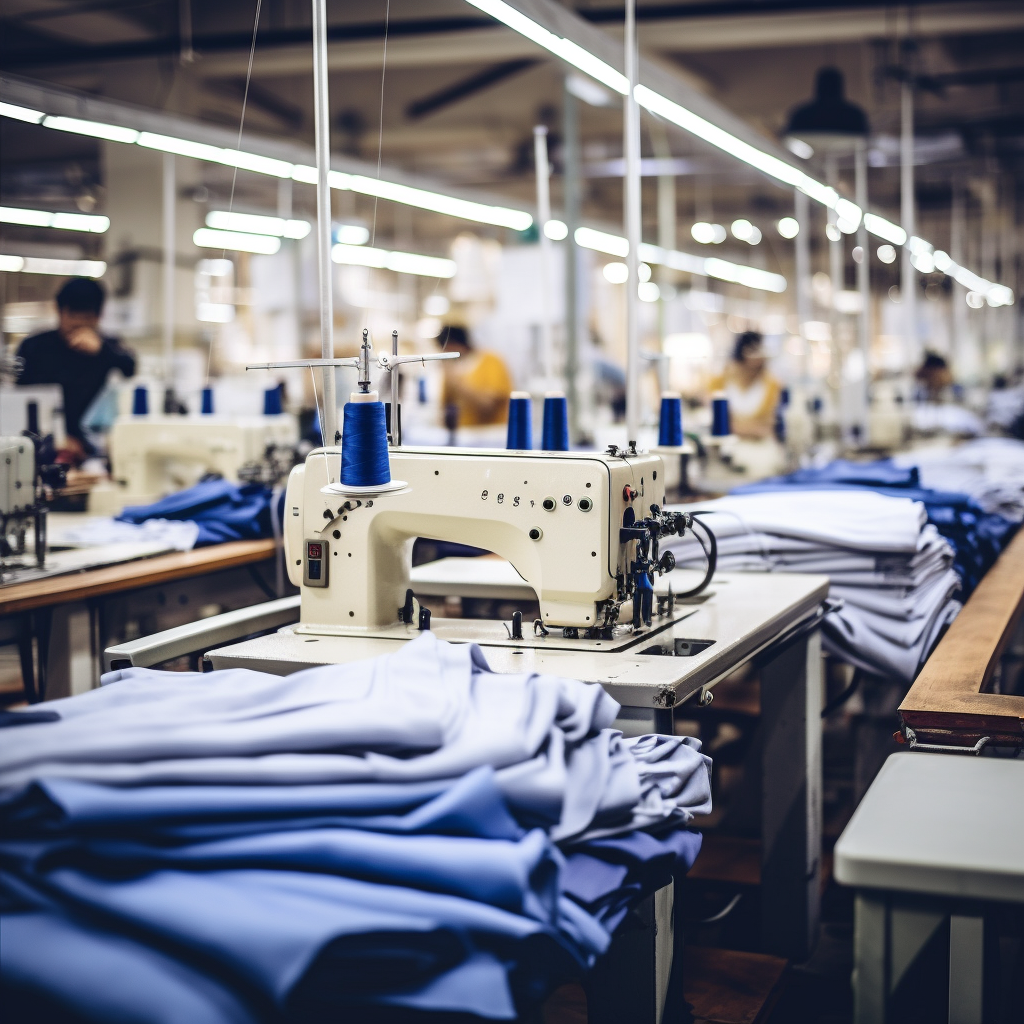
MOQ and Sustainability: An Important Consideration
In today's world, sustainability is more than a buzzword—it's a business imperative. It's also an area where MOQs can have a substantial impact. This chapter delves into the relationship between MOQs and sustainability in the fashion industry, offering you insights into how to make responsible choices.
Environmental Costs
High MOQs can contribute to overproduction, which not only ties up financial resources but also generates waste. Leftover garments often end up in landfills or incinerators, contributing to pollution and climate change.
Ethical Sourcing
Sometimes, lower MOQs are achievable because the manufacturer is cutting corners, often at the expense of labor rights or environmental regulations. It's essential to consider how your chosen manufacturer aligns with ethical and sustainable practices.
Waste Minimization
Opting for smaller MOQs aligned with demand forecasting can help in reducing waste. However, this is only effective if it doesn't compromise the economies of scale to a point where the production becomes environmentally inefficient.
Material Considerations
Choosing sustainable materials can sometimes impact MOQ. Eco-friendly fabrics may come at a higher cost and have their own minimum order requirements. If sustainability is a brand value, this could be a worthwhile investment despite the higher MOQ.
Upcycling and Recycling
If your brand is committed to sustainability, consider what happens to products that don't sell. Upcycling or recycling unsold items can be a way to mitigate the negative impacts of high MOQs.
The Circular Economy
Some innovative businesses are moving towards a circular economy model, where products are designed to be returned, recycled, and remanufactured. While this is an emerging area, it offers a different perspective on MOQ by aiming to close the production loop.
Consumer Education
Finally, consumers are increasingly making choices based on sustainability. Educating your customers about the sustainable choices you're making in terms of MOQ and production can not only build brand loyalty but also justify a slightly higher retail price.
Understanding the interplay between MOQ and sustainability allows you to make more informed, responsible decisions. By considering the broader impact of your choices, you can build a brand that stands for both profitability and sustainability.
Case Studies: How Businesses Successfully Navigate MOQ
Real-world examples can often provide the most valuable insights. In this chapter, we will look at case studies that highlight how various businesses, both large and small, have successfully navigated the challenges and opportunities presented by MOQ in the clothing industry.
The Small Startup: Embracing Niche Markets
One small clothing startup recognized that they couldn't compete with large brands on volume, so they focused on niche markets with specific needs—vegan consumers. By offering high-quality, ethically-produced vegan clothing, they were able to justify the higher costs associated with lower MOQs. Their strong branding and targeted marketing helped them achieve higher profit margins, making the business model sustainable.
The Mid-Sized Business: Leveraging Seasonal Trends
A mid-sized clothing retailer used market data to leverage seasonal trends. Knowing which products were likely to sell well in different seasons allowed them to negotiate MOQs more confidently. They also diversified their supplier base to include manufacturers with varying MOQs, giving them greater flexibility in ordering.
The Large Enterprise: Customization at Scale
A large clothing company used their volume to their advantage. While they easily met high MOQs for standard products, they used the promise of even larger future orders to negotiate smaller MOQs for customized, limited-edition items. This allowed them to offer unique products without significantly affecting their per-unit cost.
The Eco-Conscious Brand: Aligning MOQ with Sustainability
An environmentally-focused brand decided to adopt a pre-order model. By only manufacturing items that were already sold, they could negotiate lower MOQs with their supplier, reducing waste and aligning with their sustainable ethos.
The Collaborative Approach: Group Buying
Several small businesses collaborated to place a combined order, meeting the MOQ requirements and benefiting from economies of scale. This also provided an opportunity for these businesses to cross-promote each other, expanding their individual customer bases.
By studying these case studies, you can draw lessons and strategies that are applicable to your own situation. Whether you are a startup looking to break into the market or an established brand seeking to optimize your supply chain, understanding how others have tackled MOQ challenges can offer invaluable insights.
Conclusion and Key Takeaways
Navigating the complexities of MOQ in the clothing manufacturing industry is a nuanced task, requiring a multi-faceted approach. As we've seen throughout this guide, understanding MOQ is not just about knowing the numbers but involves a deeper comprehension of the business, financial, and even ethical considerations.
Key Takeaways:
- Understand the Basics: MOQ stands for Minimum Order Quantity and is a critical factor when choosing a clothing manufacturer. It's the smallest batch of products that a manufacturer is willing to produce for a business.
- Know the Implications: MOQ affects your inventory levels, cash flow, per-unit cost, and ultimately, your profitability.
- Influence Factors: MOQs are influenced by various factors including the type of product, seasonality, supplier experience, and geographical location.
- Negotiation Strategies: Relationship-building, offering favorable payment terms, and leveraging volume over time are some of the strategies that can help you negotiate MOQs.
- Financial Planning: Be aware of how MOQ affects your cash flow, storage costs, and ROI. Always conduct a break-even analysis before committing.
- Sustainability Matters: High MOQs can have environmental consequences. Align your MOQ strategy with your brand's sustainability goals to make a meaningful impact.
- Learn from Others: Real-world case studies provide actionable insights into how different types of businesses successfully navigate MOQ challenges.
- Be Prepared to Adapt: The world of fashion is ever-changing. Stay agile, keep an eye on market trends, and be prepared to adjust your MOQ strategy accordingly.
By keeping these key points in mind, you're well-equipped to make informed decisions in your dealings with clothing manufacturers. The right MOQ strategy can be a significant driver of success, providing you with a competitive edge in this dynamic industry.
Frequently Asked Questions (FAQs) about MOQ in Clothing Manufacturing
What is MOQ?
MOQ stands for Minimum Order Quantity. It's the smallest amount of a specific product that a manufacturer is willing to produce for an order.
Why is MOQ important?
MOQ matters because it affects your inventory levels, cost-per-unit, cash flow, and profitability. It's a key factor to consider when partnering with a clothing manufacturer.
How is MOQ determined?
MOQ is influenced by multiple factors, including production costs, the complexity of the product, and the manufacturer's policies and capabilities.
Can MOQ be negotiated?
Yes, MOQ can often be negotiated. Strategies for negotiation include building a strong relationship with the manufacturer, offering favorable payment terms, and committing to future orders.
What are the financial implications of high MOQs?
High MOQs can tie up significant capital in unsold inventory, strain cash flow, and increase storage costs. It's crucial to consider these factors when assessing MOQs.
How does MOQ relate to sustainability?
High MOQs can contribute to overproduction and waste, conflicting with sustainable business practices. Some brands mitigate this by aligning MOQ with actual demand or using a pre-order model.





-500x500.jpg)
-500x500.jpg)
-500x500.jpg)
-500x500.jpg)
-500x500.jpg)